Facts About the Eagle
About the Eagle
Eagle, common name for large predatory birds of the family Falconidae (hawk family), found in all parts of the world. Eagles are similar to the buteos, or buzzard hawks, but are larger both in length and in wingspread (up to 71/2 ft/228 cm) and have beaks nearly as long as their heads. They are solitary birds, said to mate for life. The nest, or aerie, of twigs and sticks is built at a vantage point high in a tree or on a cliff in a permanent feeding territory and is added to year after year, the refuse of the previous nests decomposing beneath the new additions. Nests can become enormous, measuring up to ten feet across and weighing well over 1,000 pounds. The eaglets (usually two) do not develop adult markings until their third year, when they leave parental protection and seek their own mates and territories.
The American bald (in the sense of white, as in piebald), or white-headed, eagle (Haliaetus leucocephalus) is found in all parts of North America near water and feeds chiefly on dead fish (sometimes robbing the osprey's catch) and rodents. It is dark brown with white head, neck, and tail plumage. The northern species (found chiefly in Canada) is slightly larger than the southern, which ranges throughout the United States. With only 417 known breeding pairs in the 48 contiguous states in 1963, the bald eagle population was dwindling alarmingly; a decade later they were placed on the endangered species list.
The Size of an Eagle
Eagles—impressive both in size and for their fearsome beauty—have long been symbols of royal power and have appeared on coins, seals, flags, and standards since ancient times. Eagles vary in size. One of the smallest species, the little eagle, is around 17.7–21.7 in (45–55 cm). In contrast, Stellers’s sea eagle is around 36–42 in (91–106 cm) in size, and wingspan can reach approximately 72–96 in (2–2.5 m).
source
What Do Eagles Feed On?
Eagles are apex predators, meaning they are at the top of the food chain. What eagles eat depends upon the species and the food that is available to them, but they are all carnivorous and live on a diet of meat and/or fish.
Eagles can be divided broadly into four groups; sea eagles, booted eagles, snake eagles and giant forest eagles. Booted eagles have a relatively wide diet consisting of birds, small mammals, reptiles, rodents, amphibians and insects, whereas others are more restricted. Sea eagles or fish eagles feed mostly on a diet of fish whilst snake eagles specialise on capturing reptiles. Giant forest eagles feed on various forest animals. One of the largest eagles, the Harpy eagle, feeds on larger animals including monkeys, sloths and coatis.source
The Eyes Of The Eagle
Sight is the strongest of all eagle senses. The eyes are large, can take up almost 50% of the head, and can weigh the same amount as a human eye. An eagles vision is 4–5 times better than that of a human. Eagle eyes are angled 30 degrees away from centre of the face, which gives eagles a greater field of view. Eagles can see five basic colours to our three, and can detect UV light.
Cones are light detecting cells that are sensitive to colour. One of the reasons that eagles have better vision than humans is because their retinas, a layer at the back of the eyeball, have more cones. We have 200,000 cones per square millimetre, whereas eagles have one million.
source
How Do Eagles Mate and Reproduce?
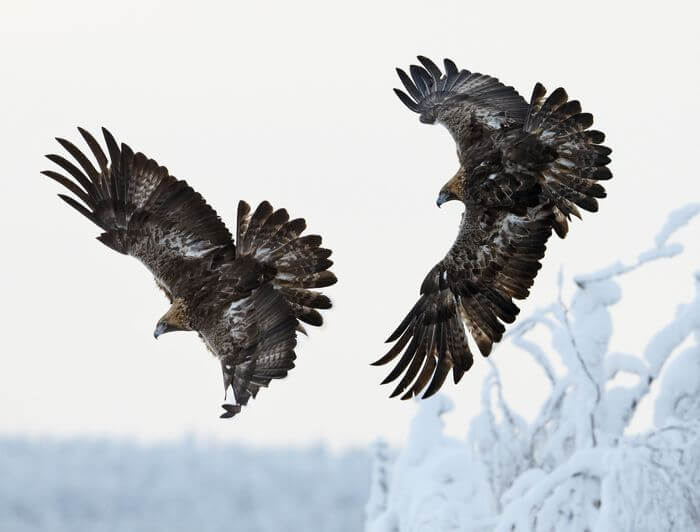
image source
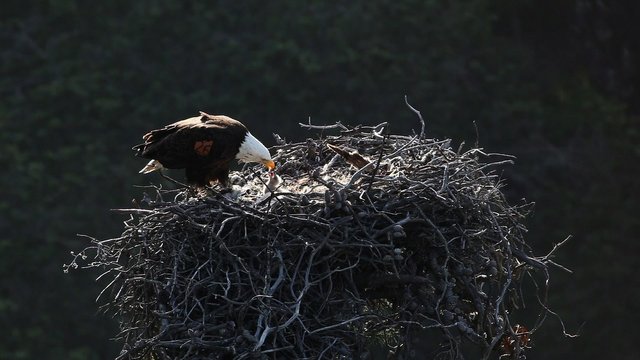
image source
Eagles reproduce by engaging in a courtship process that includes cartwheeling and circling in the air, copulation and nesting, where both the male and female eagle build the nest. Eagles typically mate for life, and they usually use the same nest site year after year as long as they have successfully produced and protected offspring at the location.
While the courtship process occurs while the eagles are flying, copulation typically occurs in the nest or on a branch. The male mounts the female and the male and female cloaca touch, which is referred to as the cloacal kiss. The female typically lays the fertilized eggs about 5 to 10 days after successful copulation.
source
Rebirth and Life Span of an Eagle
Eagle can live up to 70 years, but to reach this age, the eagle must make a hard decision in its' 40's.Its' long & flexible talons can no longer grab prey which serves as food, Its' long & sharp beak becomes bent.Its' old-aged & heavy wings, due to their thick feathers, become stuck to its' chest & make it difficult to fly.Then eagle is left with only 2 options: die or go through a painful process of change which lasts 150 days.The process requires that eagle fly to a mountain & the eagle knocks its' beak against a rock until it plucks it out.After this, the eagle will wait for a new beak to grow back. When its' new talons grow back, the eagle starts plucking its' old-aged feathers & after 5 months, eagle can take its' flight of rebirth & lives for 30 more years
source
Hope you enjoyed Reading this Post

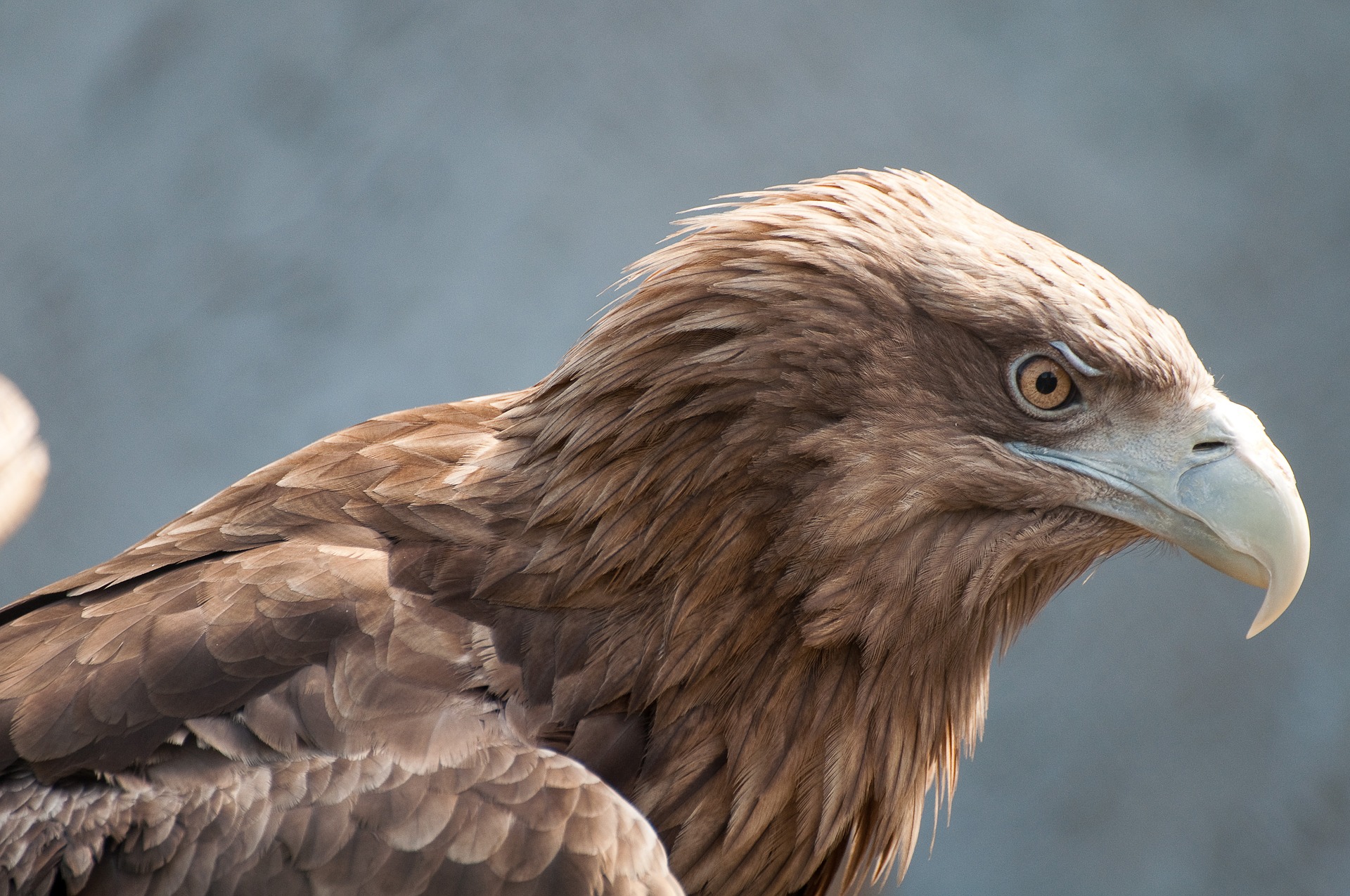
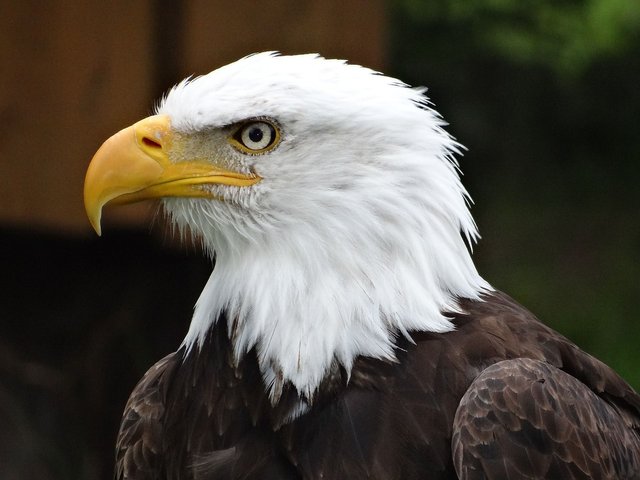
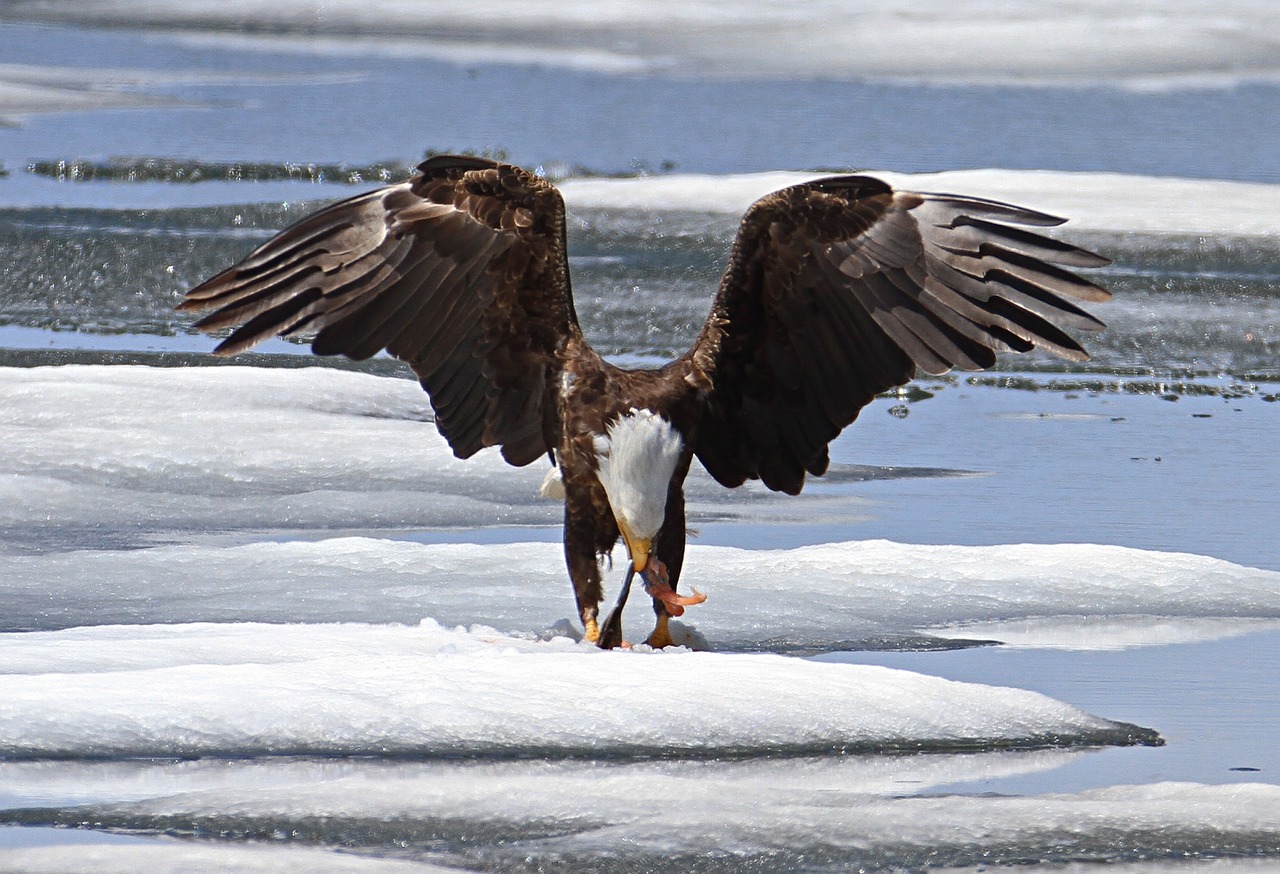
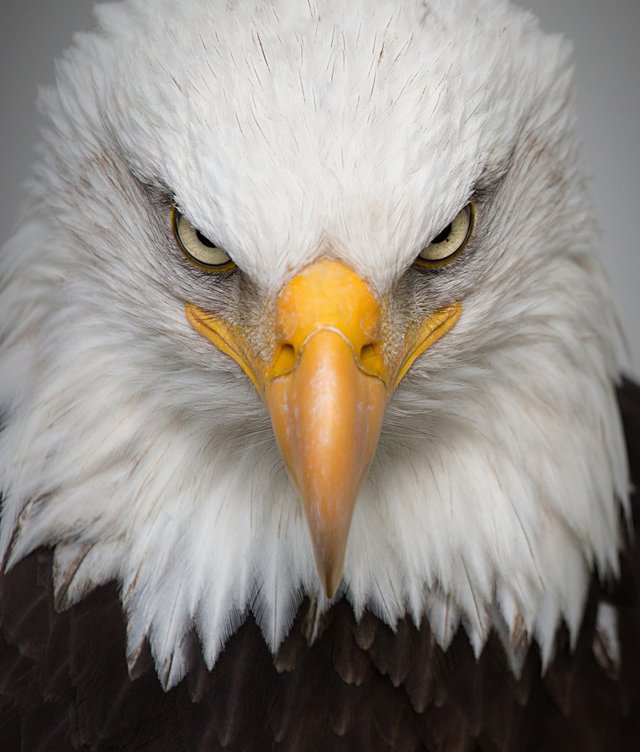
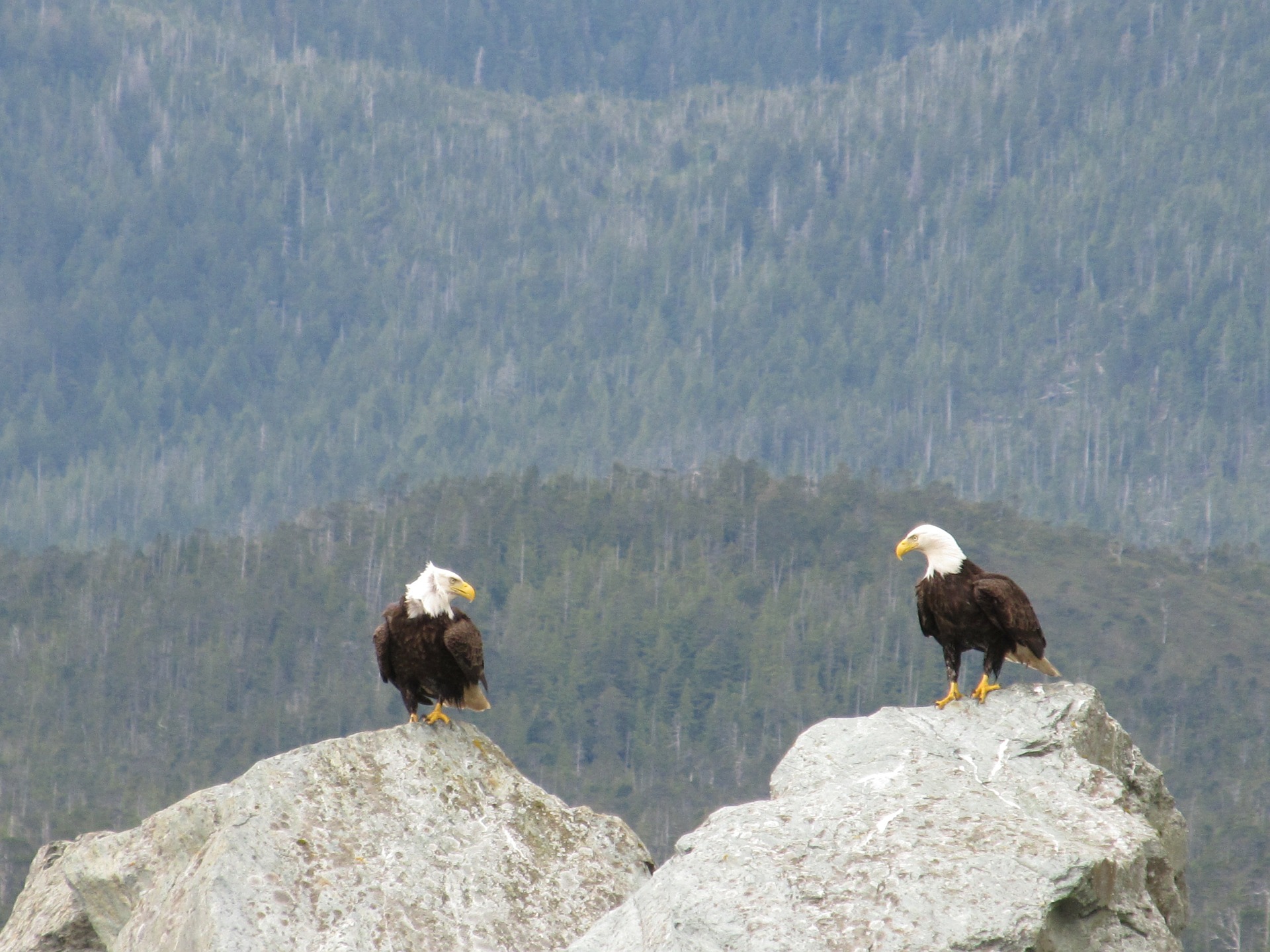
great stuff bross :-) @jackdogho
thanks Josh... you the boss
Great post, you've done a great work